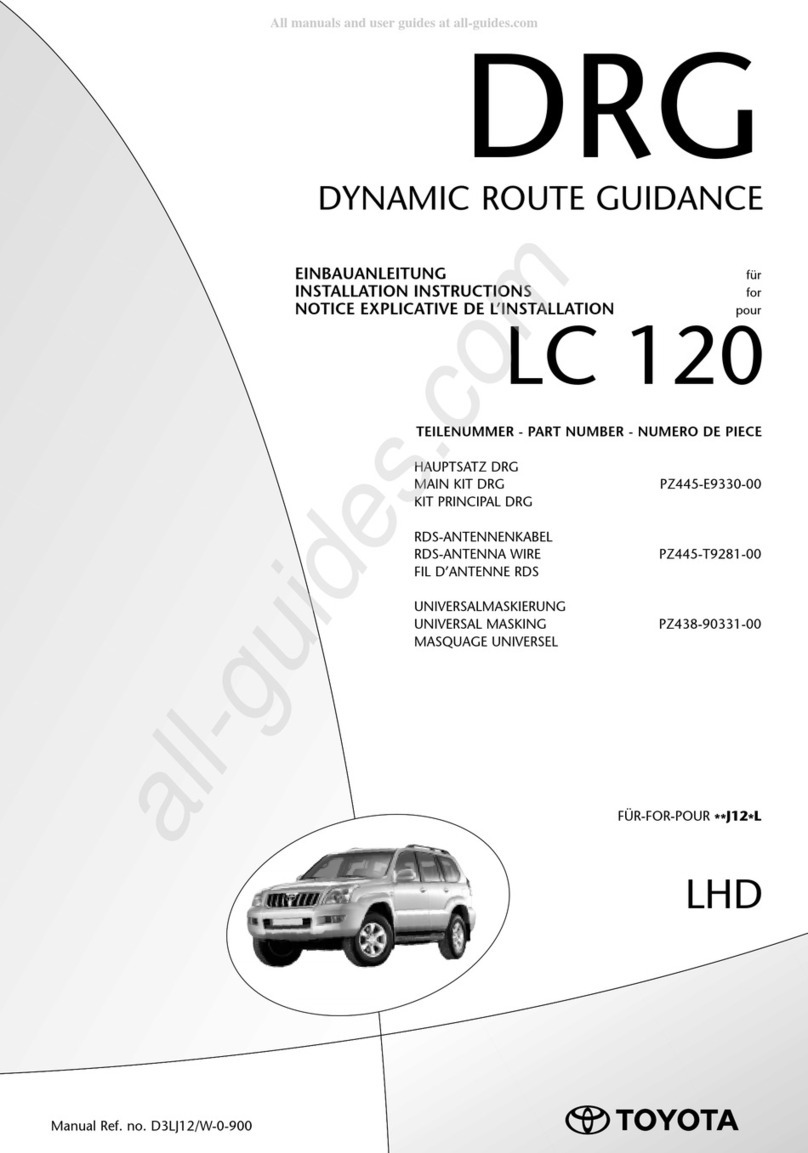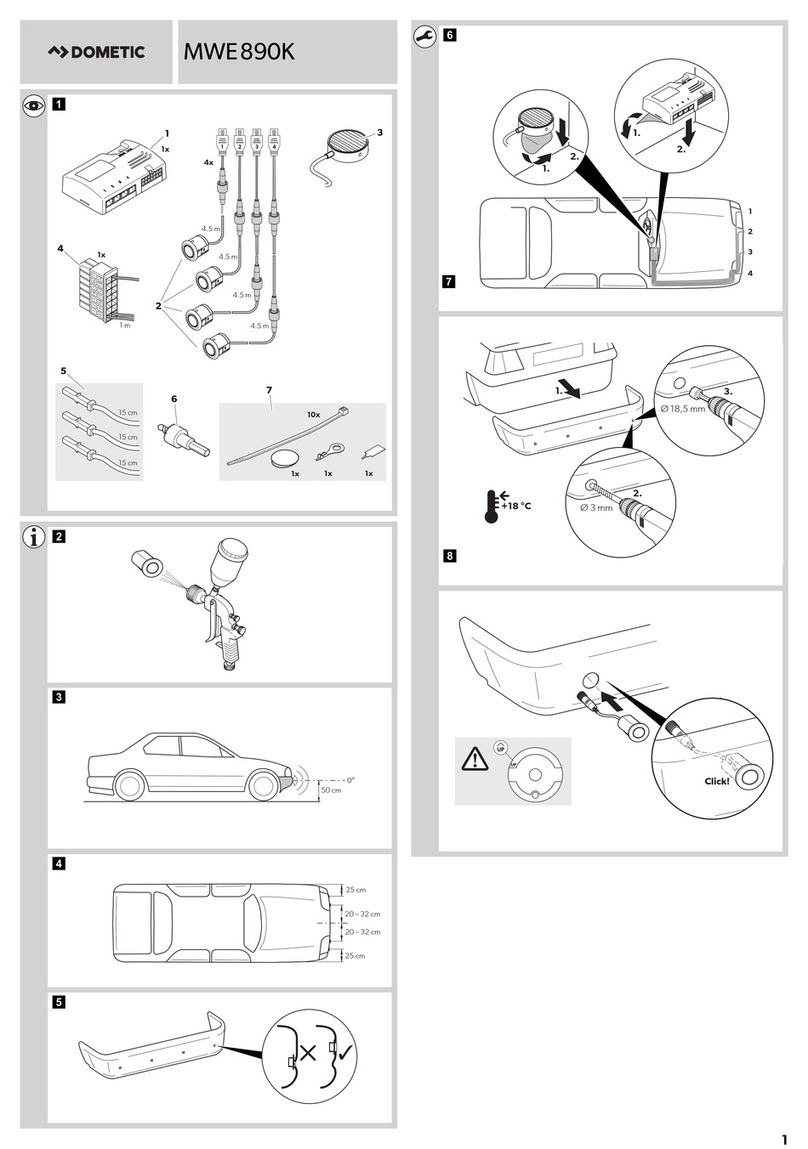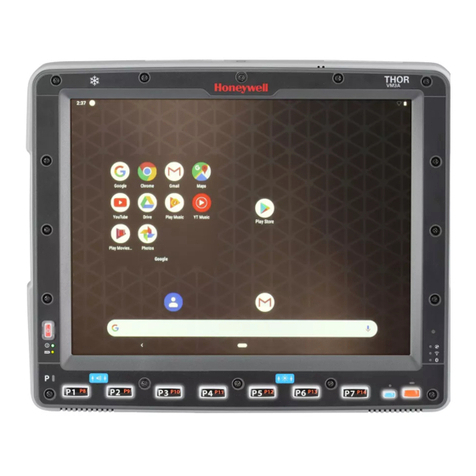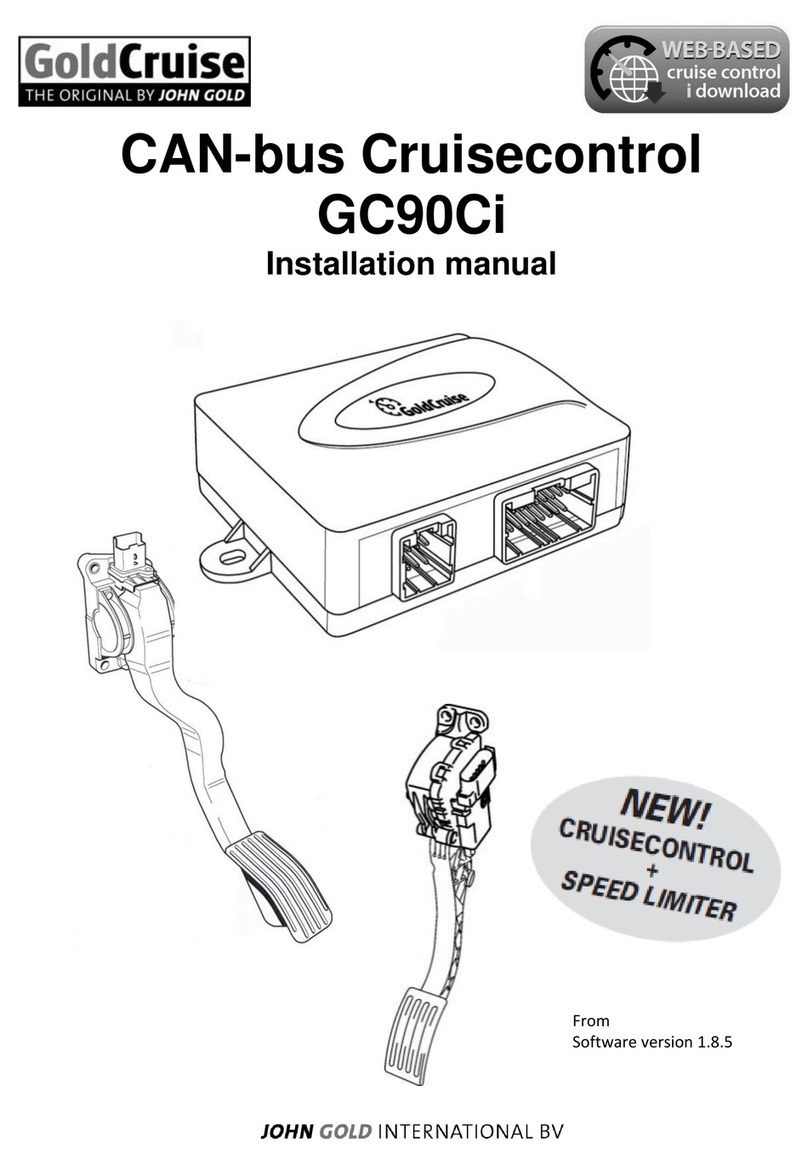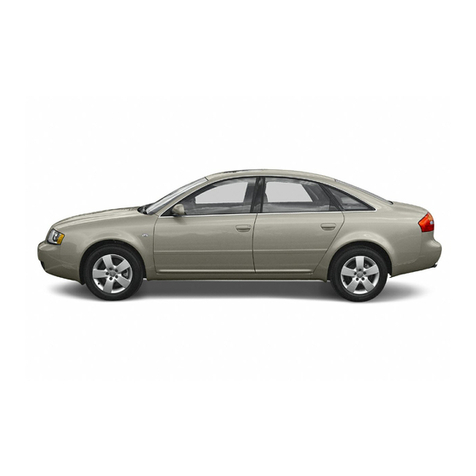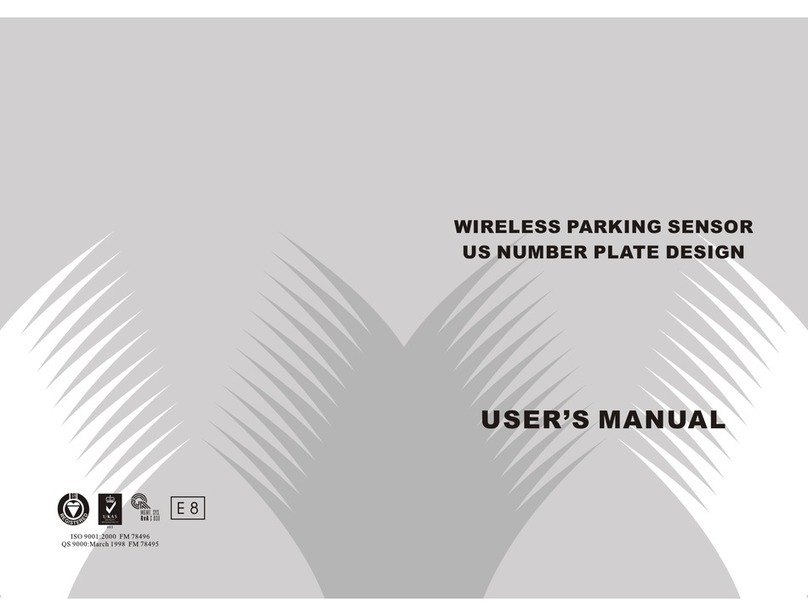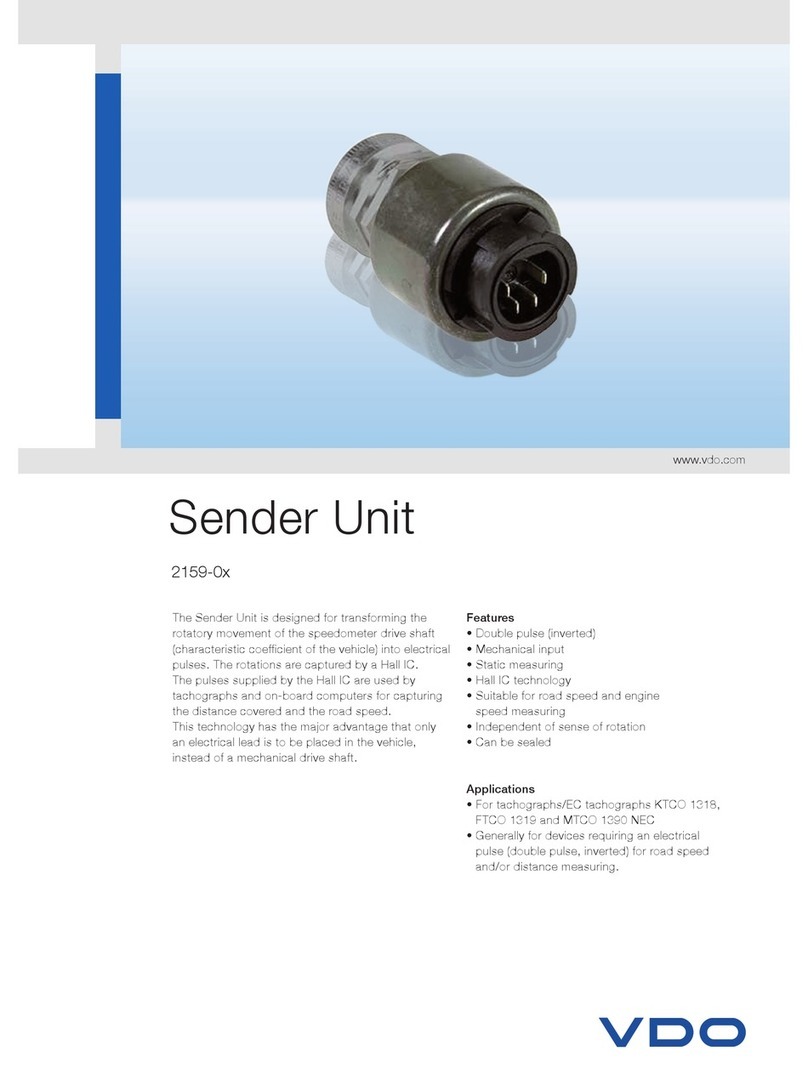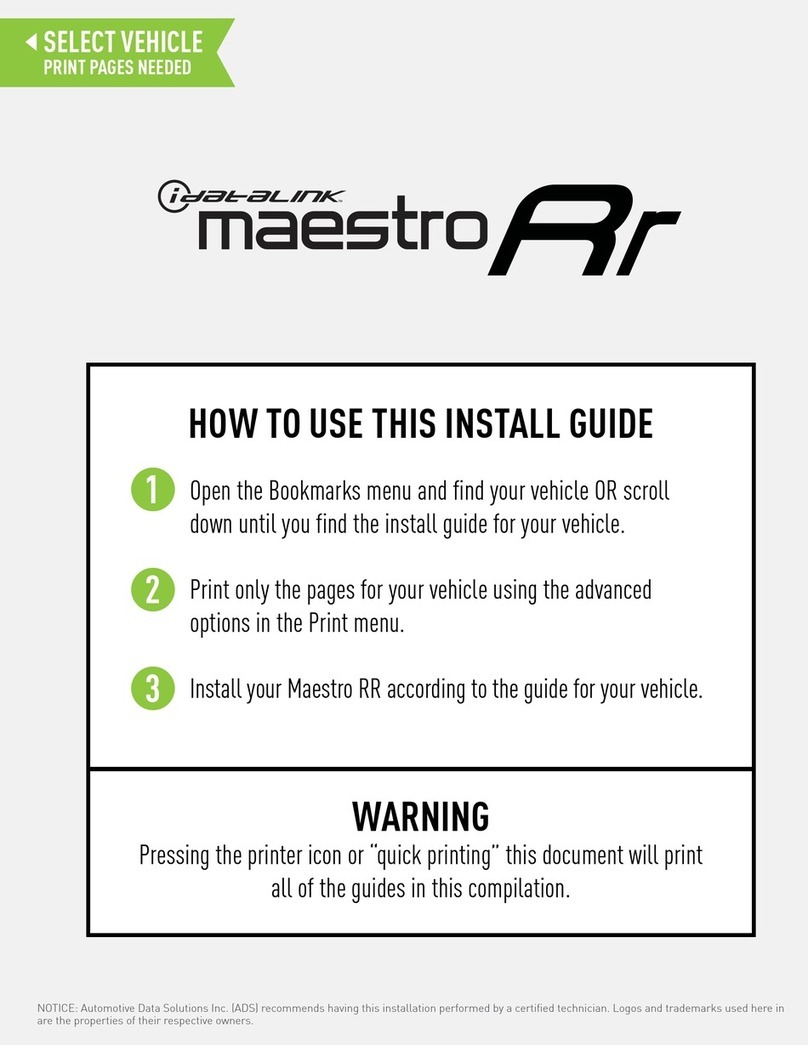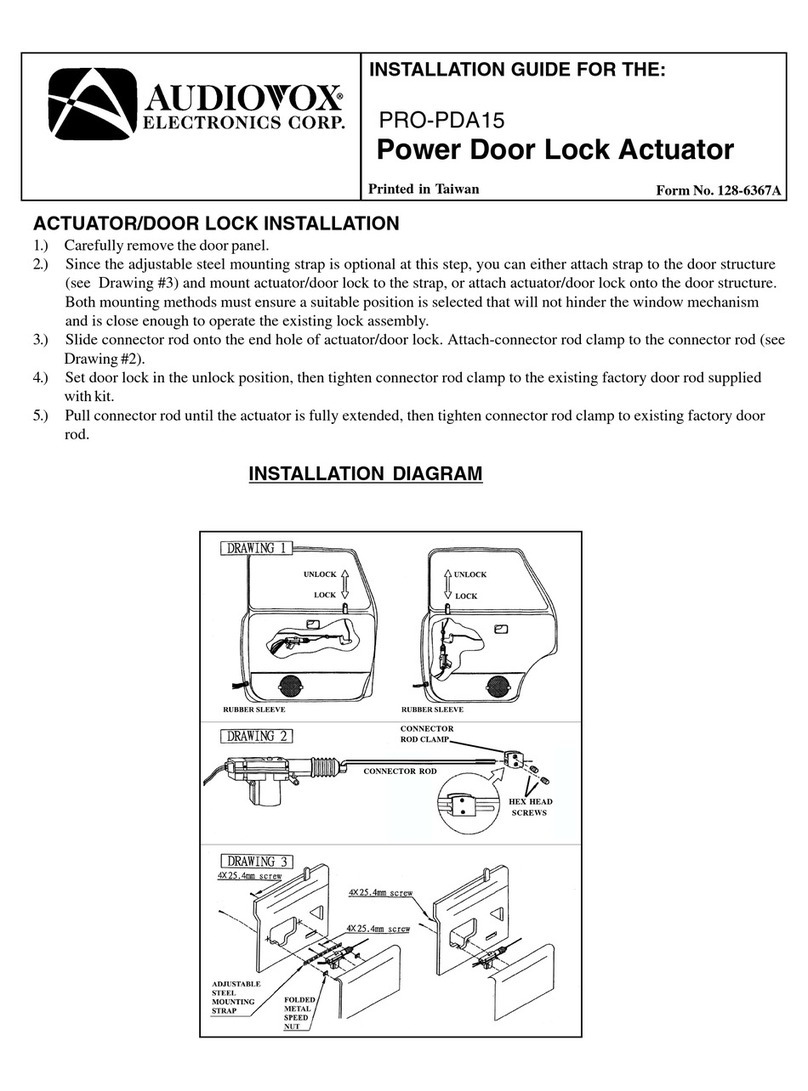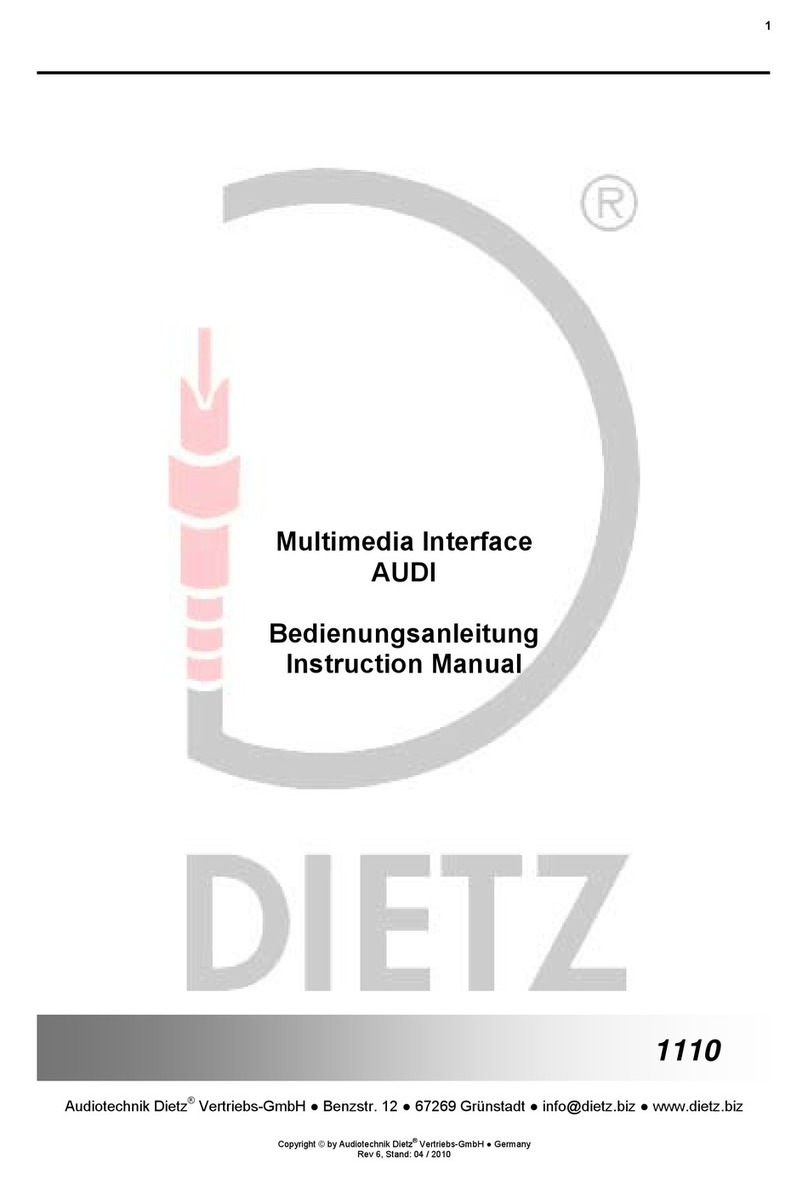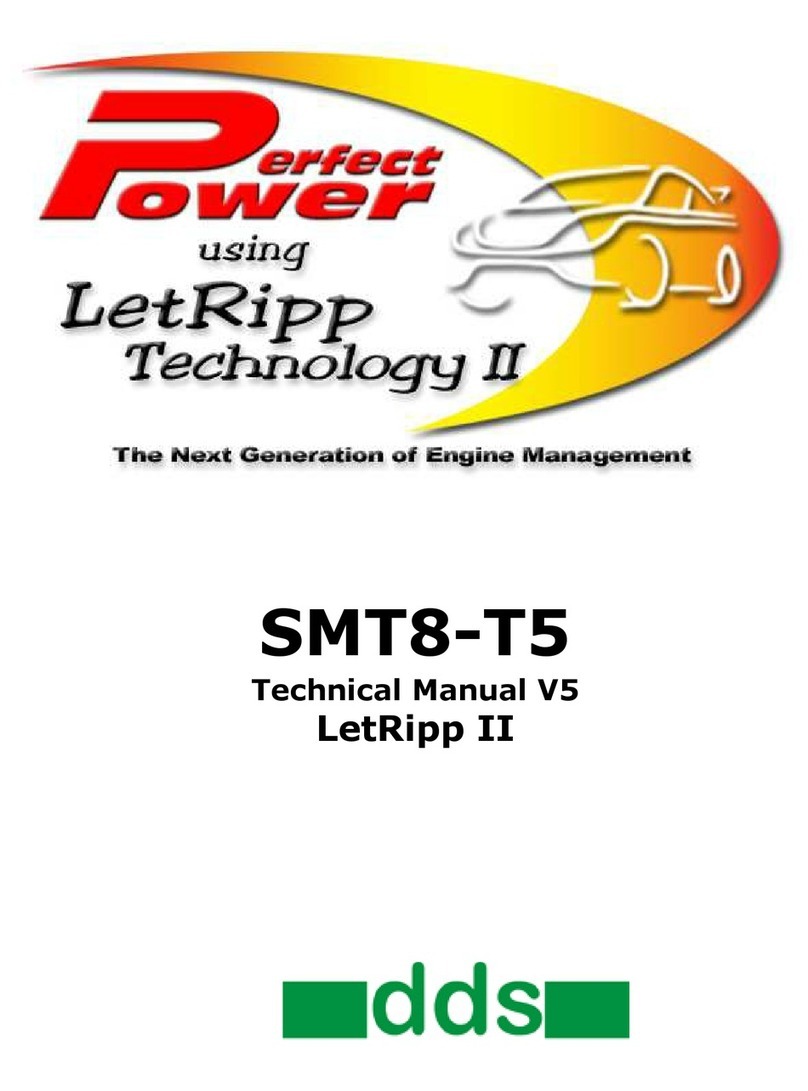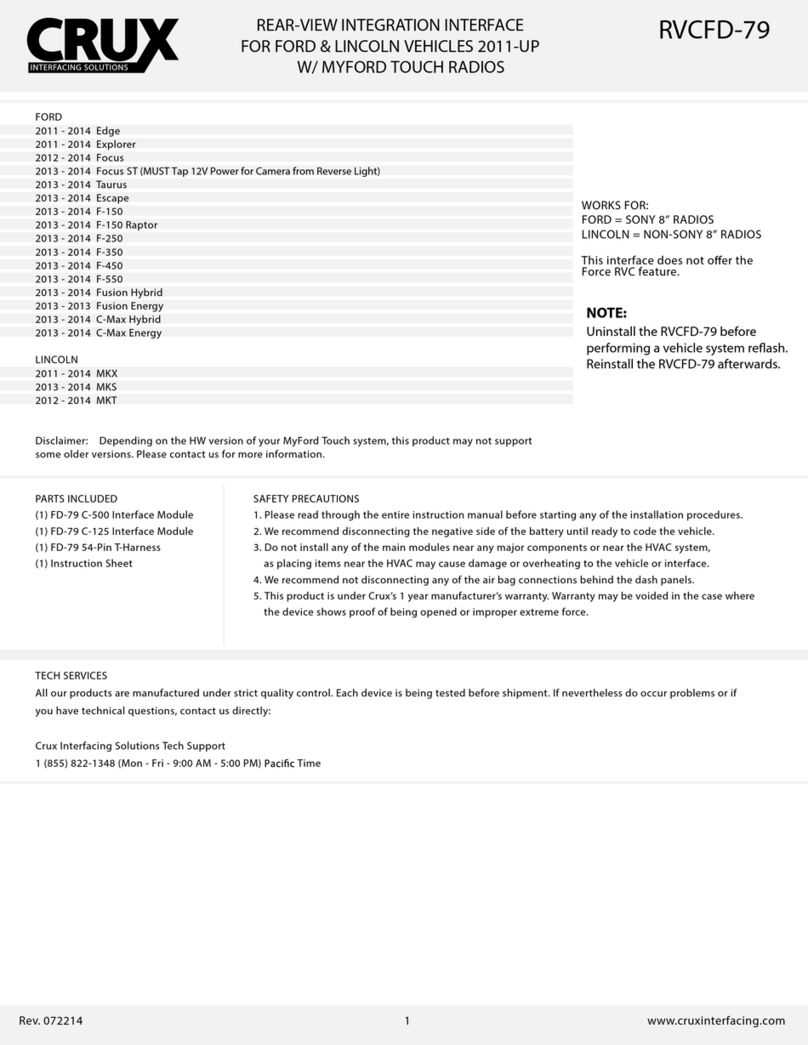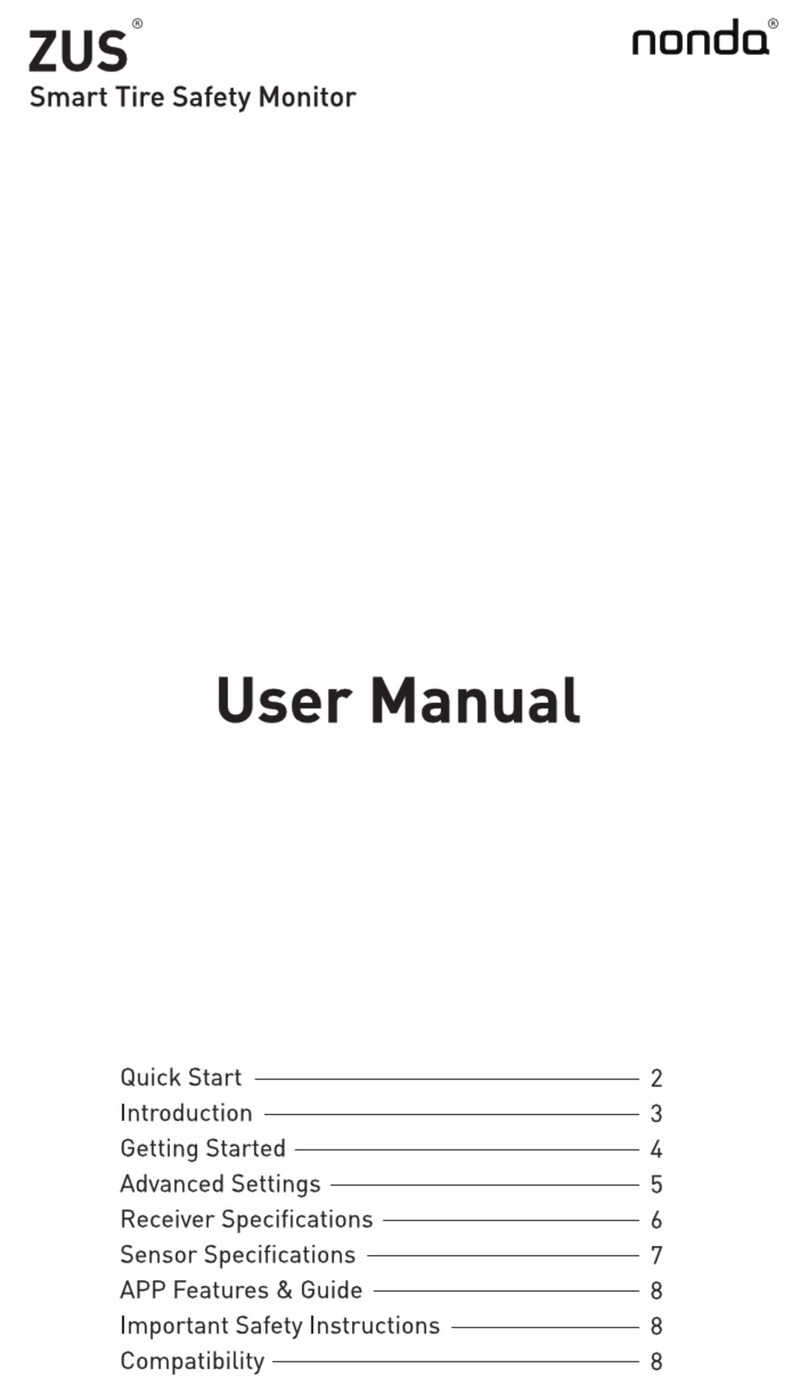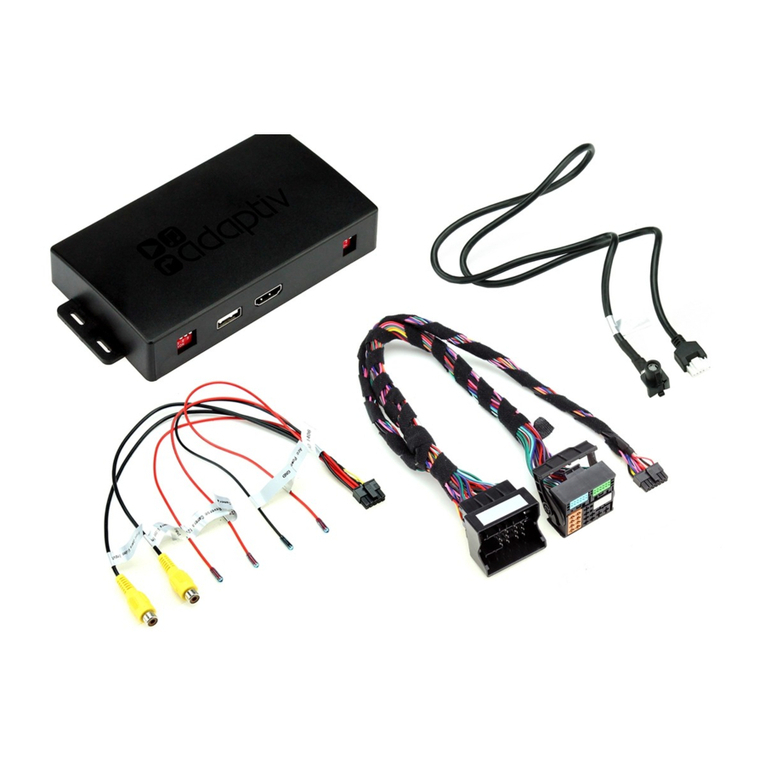9
By way of an example, two typical traffic situations
resulting in a warning being provided by the Audi
side assist are described below:
Scenario 1
The vehicle with the Audi side assist is being driven
in the centre lane of a three-lane motorway and is
currently overtaking the vehicle on the right-hand
side. The speed difference between the vehicle with
Audi side assist (SWA) and the vehicle being
overtaken is less than 15 km/h. This small difference
in speed means that the overtaking manoeuvre will
take some time and that the vehicle being overtaken
will disappear into the "blind spot" at a certain
point. In this situation, the warning lamp in the right
exterior mirror must alert the driver that the
right-hand lane is occupied. If the driver of the
vehicle equipped with Audi side assist then
activates the right turn signal, the driver is warned
by four flashes in the right exterior mirror.
Scenario 2
The vehicle with the Audi side assist (SWA) is being
driven at a moderate speed in the right-hand lane of
the three-lane motorway. A vehicle in the centre
lane approaches from behind at a much faster
speed. The approaching vehicle is detected by the
Audi side assist, which activates the warning lamp
in the left exterior mirror. If the left turn signal is
now actuated nonetheless, the driver is warned of a
potential collision before changing lanes by means
of a flashing warning lamp.
The maximum distance between the two vehicles at
which the warning lamps are activated depends on
the speed difference between the two vehicles.
The greater the difference in speed, the greater the
maximum distance between the two vehicles at
which the driver is alerted to the imminent collision.
At the earliest, however, a warning can be issued
from a distance of 50 m, as 50 m is the upper limit of
the detection range of the radar sensors.
Two specific traffic situations
375_007
375_008
